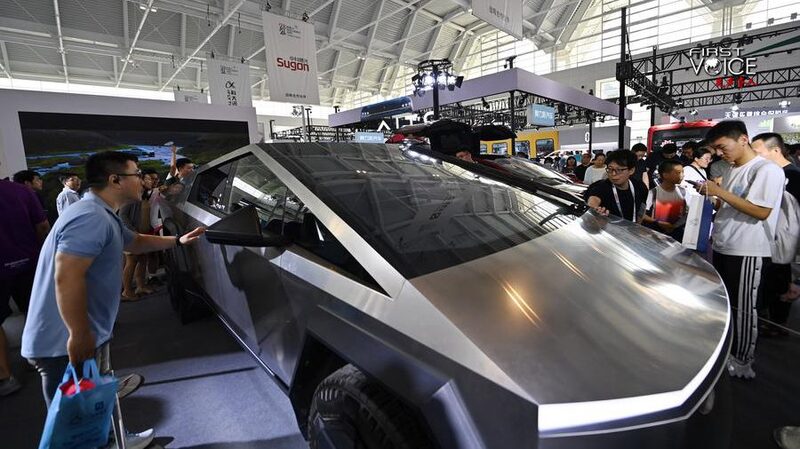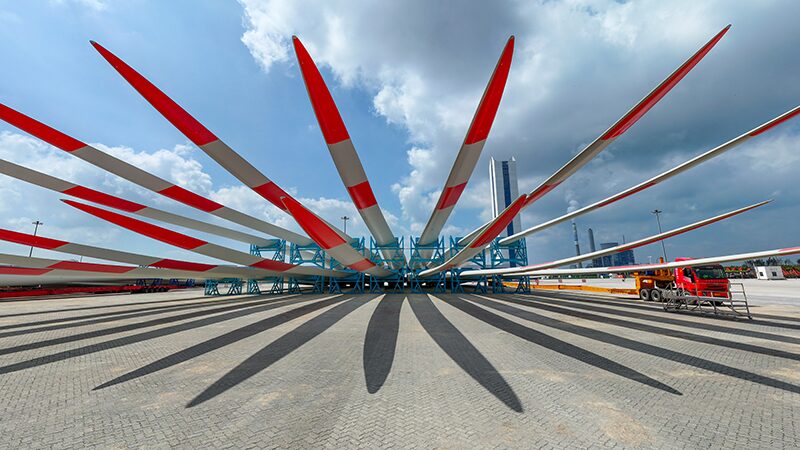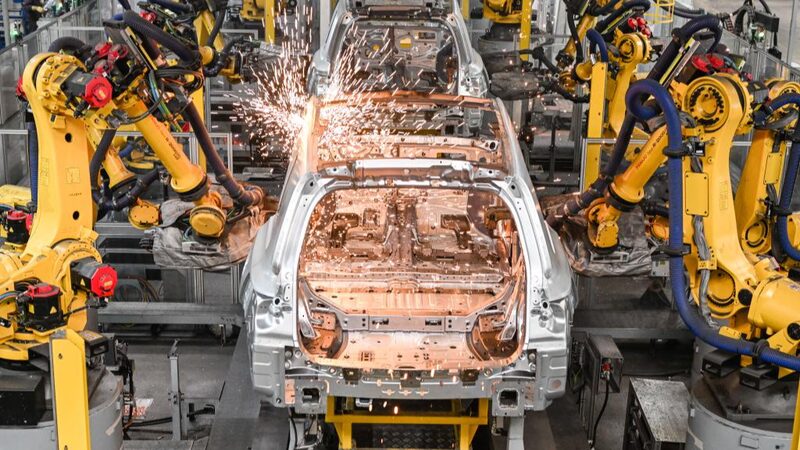Recent claims by U.S. media about "overcapacity" in China's renewable energy sector have sparked global debate, but a closer look at trade dynamics and economic data reveals a more nuanced story.
Exports ≠ Overcapacity
Critics argue that China's rising exports of new-energy vehicles (NEVs), lithium-ion batteries, and solar products signal market distortion. Yet 2023 data shows these sectors – dubbed China's "new trio" – collectively generated $138.9 billion in exports, a 30% annual increase. By comparison, 40% of U.S. chip sales flow to China, while Germany exports 80% of its automobiles. "If exceeding domestic demand defines overcapacity, many developed economies would face the same critique," industry analysts note.
Capacity Utilization Tells the Story
Chinese NEV manufacturers maintain an 80%+ capacity utilization rate, exceeding the 70% threshold typically signaling overcapacity. Battery giant CATL operates at 76%, while automaker BYD sustains 99.5% utilization. "These figures align with healthy industrial growth, not reckless expansion," says a Beijing-based economist.
The Global Trade Reality
Despite export growth, China's overall export dependency remains moderate at 20% of GDP – lower than Germany (47.8%) and France (28.3%). NEVs accounted for just 41% of China's total vehicle exports in early 2025, with domestic demand projected at 16 million units annually. "This isn't dumping – it's responding to global climate needs through competitive innovation," argues a Geneva-based trade expert.
As nations navigate the green transition, the debate underscores the importance of data-driven dialogue over perception-led narratives in global economic policymaking.
Reference(s):
cgtn.com








